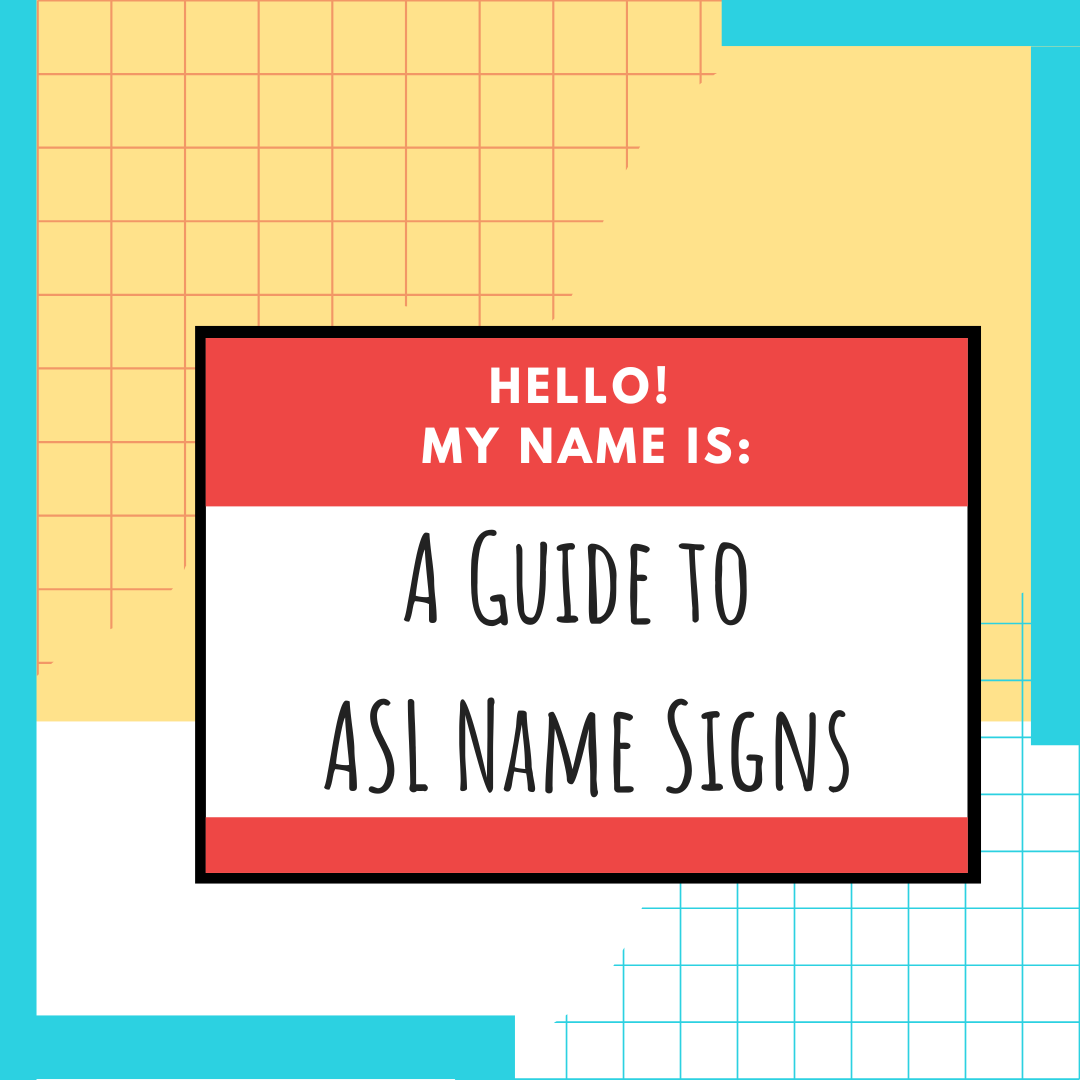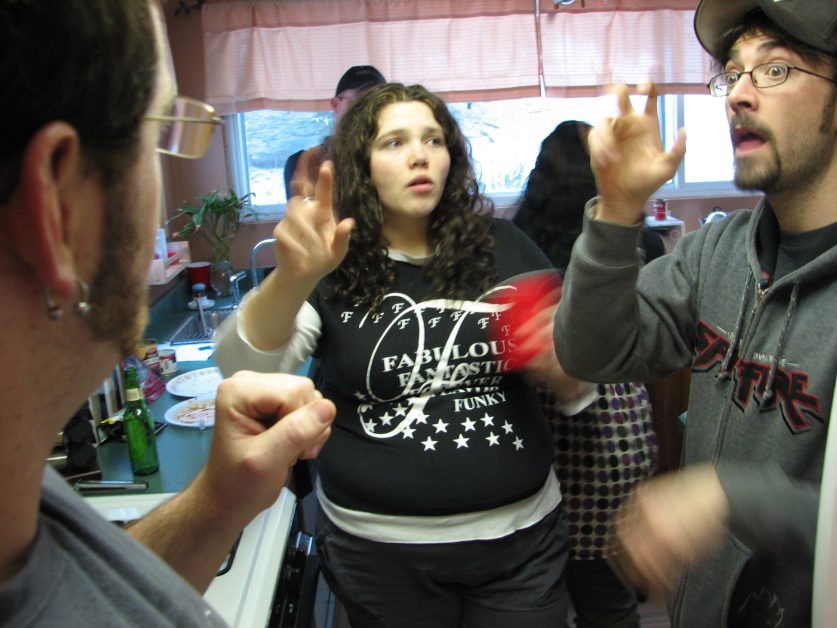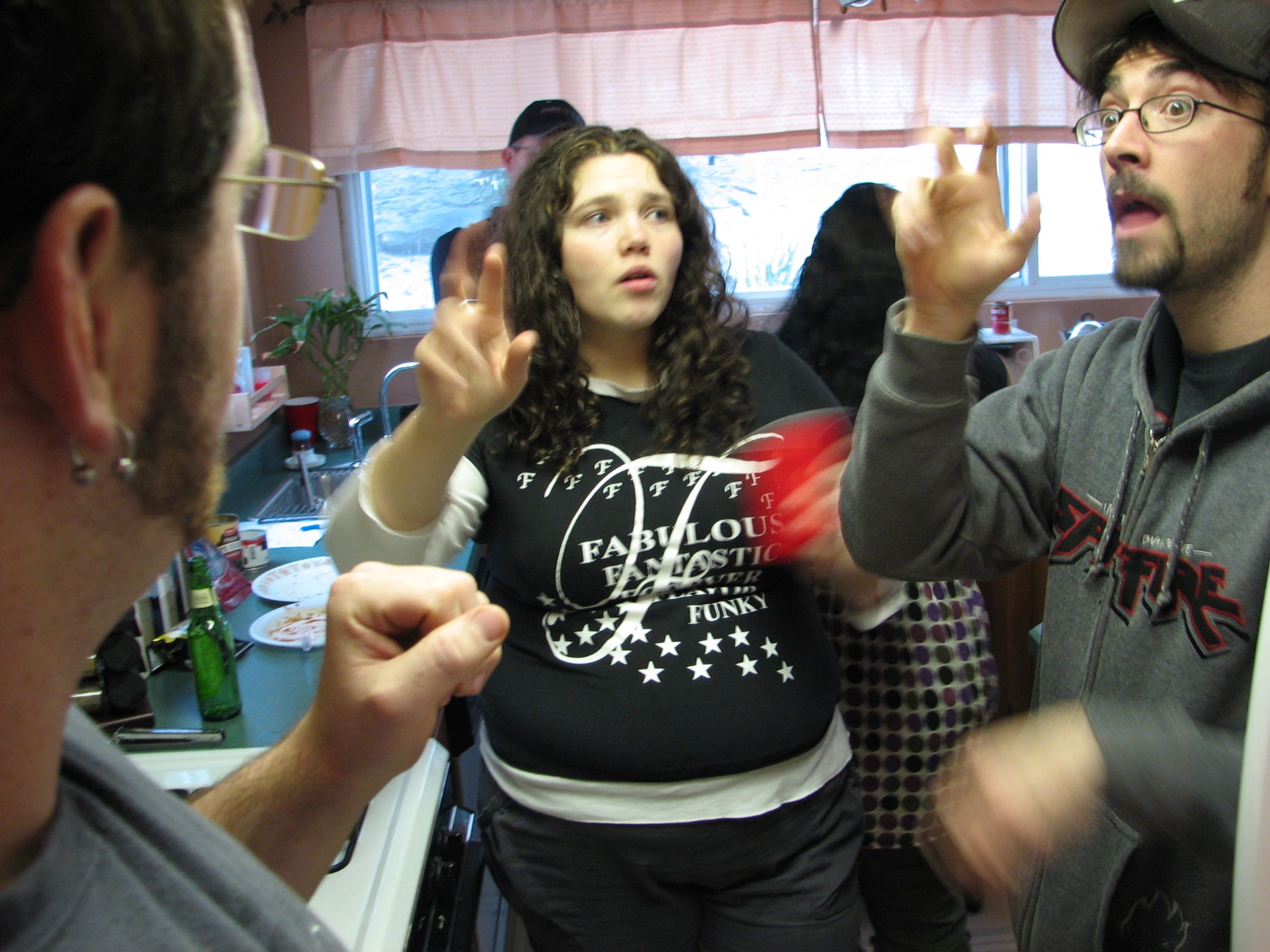
More Facts about Deaf Culture
- by Katelyn Cheng


I have mentioned several key aspects of the Deaf culture in the articles, “Did You Know the Facts About American Sign Language, Deaf Culture, and Deaf Community?” and “Deaf Culture vs. Hearing Culture“. In the first article, “Did You Know the Facts About American Sign Language, Deaf Culture, and Deaf Community?“, the key points I talked about were “D” vs “d”, D/deaf people are direct and “beating around the bush” does not exist, name signs, etc. In the article, “Deaf Culture vs. Hearing Culture“, I have listed the differences between the Deaf and hearing culture. Here are cultural points of the Deaf culture that I have not talked about in my previous articles.
D/deaf people use technology way more than hearing people. There are many different reasons why technology is popularly used in the Deaf community. Deaf people spend a lot of time on social media because the media is where they get most of their information. Deaf socials is one of the popular forms of entertainment in the Deaf community. Deaf social events are easily and often passed around on social media. A popular form of promotion of the event is a video that shows where the location of the event, the time and date because Deaf people are very visual.
American Sign Language is an expressive language and Deaf people are very outgoing and animated. Social media is a tool where Deaf people can share their stories about their life as D/deaf, traveling, etc. There are a few well-known Deaf travelers who share their travel vlogs. Their travel vlogs include meeting international Deaf people, sign languages in other countries, Deaf owned businesses in their countries. These Deaf travel vloggers are Wunderlust, Seek the World, and Joel Barish. More and more D/deaf people are becoming influencers and using social media as a way to spread awareness about the Deaf community, Deaf culture, and American Sign Language. In addition, a lot more D/deaf people have videos where they teach sign language. The other ways that D/deaf present in their videos are Deaf jokes, storytelling, poetry, or ASL cover songs.
Hearing people can easily leave the news on while they are simultaneously working or doing their chores because they can easily multitask. Deaf people cannot hear so they cannot multitask the same way as hearing people can. There are a lot of Deaf-owned businesses and one of the business is an online Deaf newspaper called Daily Moth. The founder of Daily Moth interprets the news into ASL and making the news more accessible for D/deaf people. Daily Moth also include Deaf news, i.e. recent news about the film CODA winning awards. This is one of the reasons why people spend a lot of time on social media because they follow news channels and watch news videos on social media.
Deaf people heavily use their phones or laptops for a lot of multiple reasons. Since D/deaf people cannot hear, they will video call via using VP service such as Purple Communications, Sorenson, etc. to make phone calls when making orders, scheduling doctor appointments, etc. Also, the difference between D/deaf and hearing people is that hearing people can easily talk on the phone, but D/deaf people have to FaceTime each other. In addition, there are apps that D/deaf people use daily to help them communicate with other hearing people. For instance, there is an app called BIG which is a captioning app that transcribe what the person said or the D/deaf person can type what they want to say in the app.
Phones and laptops are not the only device D/deaf people heavily use. There are other technologies that help D/deaf people feel safe at home, wake up in time for work, or gives them the accessibility to be successful in their every day life. For instance, how would a D/deaf person know someone is at the door or when to wake up in the morning if they are not able to hear the doorbell or alarm go off. There is a system that is connected with each other, so every time someone’s at the door and rings the doorbell, the lights will flicker and the bed shaker will go off. Same thing with getting up in the morning. When the time to get up hits, the bed shaker will go off and shake the bed as oppose to hearing the alarm. Deaf people are sensitive to movements and lights, so they easily wake up whenever there is movement or light.
Another significant aspect of the Deaf culture is that every time a Deaf social is held at someone’s house. Deaf people tend to always gather in the kitchen where there are food and drinks available. It does not matter the size of the kitchen. The socializing always happens in the kitchen. Hearing people, on the other hand, will usually hang out in the living room where there is a comfortable sofa and chairs, and can watch TV. Also, watching TV is different in these two worlds. Hearing people can easily hear other people when they make comments while watching the movie or TV show whereas Deaf people have to turn their eyes away from the TV to look at the person they’re talking with.
Here are a few Deaf bings and differences in situations I’ve encountered when socializing with my D/deaf friends.
- When a group of hearing people go hiking, they can easily walk in front or behind each other, but Deaf people have to walk next to each other to be able to see the signing. Chatting can become difficult when hiking on narrow paths or in crowded places. A Deaf bing is when a Deaf group is hiking and is at the rest stop where people are taking a break to eat and enjoy the view before heading back, it takes forever for Deaf people to start hiking again. Deaf people love to chat and will take an additional 15-20 minutes to chat. It sometimes takes a push for them to continue hiking.
- There was a time I was in the car and my boyfriend was waiting for me outside of the car. It can be exhausting to get someone’s attention. I was looking down and my boyfriend was waving to get my attention. He kept waving and waving until I finally looked up. Unlike hearing people, D/deaf people cannot easily verbally call the person’s name or to talk to them.
- There was an incident was when I was chatting with my friends and we were crossing the road at the mall. There were a line of cars waiting for a little while at the stop sign.
- Another incident is D/deaf people tend to crowd in one area, so when I was at a Deaf social, I was chatting with my friends who were in line for drinks. The next you know, everyone crowds around where the line is supposed to be and we were asked to move to another area.
Start Learning ASL Today!
 Ready to start learning real American Sign Language and not just basic signs? Do you want to be a part of the vibrant Deaf community? Check out our Free ASL 1 Course or our Complete 4-Level ASL Course options and start learning ASL today!
Ready to start learning real American Sign Language and not just basic signs? Do you want to be a part of the vibrant Deaf community? Check out our Free ASL 1 Course or our Complete 4-Level ASL Course options and start learning ASL today!








